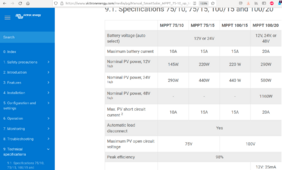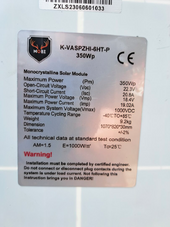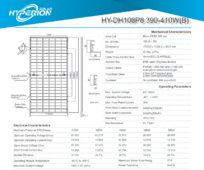Good evening everyone.
I am hoping to tackle a solar panel installation on a new to me boat and am out of my depth. However, I am willing to learn, hopefully not from my mistakes.
I have been reading various articles and watching youtube videos and came up with following setup. I am hoping to get some advise, guidance etc.
Sources:
Solar panels 500w x2
Hyperion 400W Front + 100W Rear Bi-facial Solar Panels
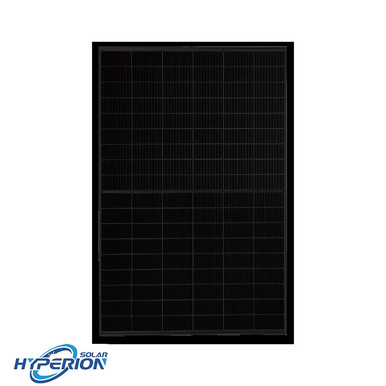
 signaturesolar.com
signaturesolar.com
WEN Generator
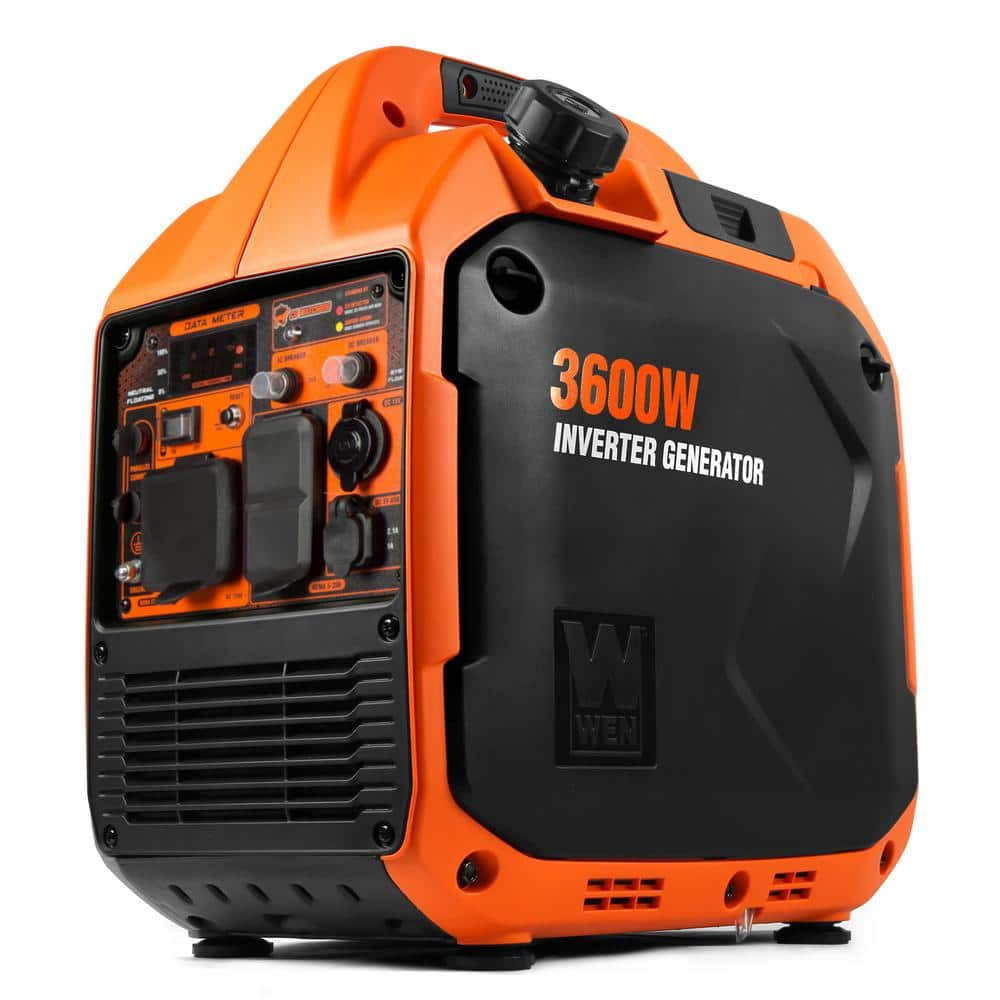
Storage:
300-400Ah LiFePO4 battery/batteries such as
Control:
Victron SmartSolar MPPT 100/15 Solar Charge Controller 100V 15A with Bluetooth
Renogy 500A Battery Monitor with Shunt
Loads:
Koolatron Super Kool 45 Portable Fridge OR BougeRV 12 Volt Refrigerator
LG AC LW5016 5,000 BTU
 www.lg.com
www.lg.com
This is for a small catamaran. I am hoping to run a 5000BTU AC, in Florida, expecting it to run a few hours at most during the night, more during the day.
The AC is like LW5016 - I will need to modify the cooling side to run on sea water - like a pipe in pipe condenser. It claims to suck up 440w but I am sure it will pull quite a bit more at the start. I am thinking about soft start unit to ease the pain.
Apart from AC, I wish to run a small fridge/freezer, some lights, navigation equipment that is of low demand and a couple of low power laptops, occasionally water maker. I don't have the type/demand of the water maker yet.
I am going to include a toon style layout I made for people with knowledge and experience to guide.
Also, the Victron MPPT charger says 100v 15A, am I right in thinking that means it can tolerate up to 100v and can accept up to 1500W of input power from solar?
My understanding is that with the sun in FL, I can get approx 40AH from a 100W solar panel. Thus, a 1000W panel in ideal world should give me enough to fill 400AH daily. This translates to 400AH at 12 v = 5000WH
An AC that draws 440W and run for 5 hrs a day will suck up 440w x 5 = 2200 WH.
A fridge that is claiming to draw 50W and run continuously should eat up 1200 WH
Two laptops together at 130W, used for around 8 hrs, leading to approx 1000WH
All the lamps are LED and in theory take very little.
I don't have a radar to eat up juice
I do have a chart plotter but don't know the demand of it.
This should leave me enough to use the laptops and some lights and fans.
This is separate from a starter batter that gets charged with a small solar panel/charge controller and the alternator. I would like to separate the two systems completely just so that I can get my head around the wiring.
Does it look sane/feasible?
Or did I err?
Thanks all in advance
I am hoping to tackle a solar panel installation on a new to me boat and am out of my depth. However, I am willing to learn, hopefully not from my mistakes.
I have been reading various articles and watching youtube videos and came up with following setup. I am hoping to get some advise, guidance etc.
Sources:
Solar panels 500w x2
Hyperion 400W Front + 100W Rear Bi-facial Solar Panels

Hyperion 400W Bifacial Solar Panel (Black) | Up to 500W with Bifacial Gain
Signature Solar provides solar panels, off-grid solar systems, grid-tie, and hybrid systems. Quality solar inverters, bifacial solar panels, complete solar kits, solar batteries. Featuring brands such as EG4 Electronics with their solar battery, LifePower4 and EG4 LLifePower4 and EG4 LL
 signaturesolar.com
signaturesolar.com
WEN Generator

WEN Super Quiet 3600/2900-Watt Lightweight RV-Ready Portable Inverter Generator with Fuel Shut Off and CO Watchdog 56360iX - The Home Depot
Produce up to 3600 surge watts and 2900 rated watts of power. The WEN Watchdog CO Shutdown Sensor helps protect both you and your family by automatically turning off the generator if dangerous levels of carbon monoxide are detected. Our 149cc engine operates at a modest 65 decibels at quarter...
www.homedepot.com
Storage:
300-400Ah LiFePO4 battery/batteries such as
Control:
Victron SmartSolar MPPT 100/15 Solar Charge Controller 100V 15A with Bluetooth
Renogy 500A Battery Monitor with Shunt
Loads:
Koolatron Super Kool 45 Portable Fridge OR BougeRV 12 Volt Refrigerator
LG AC LW5016 5,000 BTU
5,000 BTU Window Air Conditioner - LW5016 | LG USA
Discover the 5,000 BTU Window Air Conditioner that features 5,000 BTU and 150 Sq. Ft of Estimated Cooling Area. Shop LW5016 from LG USA.
This is for a small catamaran. I am hoping to run a 5000BTU AC, in Florida, expecting it to run a few hours at most during the night, more during the day.
The AC is like LW5016 - I will need to modify the cooling side to run on sea water - like a pipe in pipe condenser. It claims to suck up 440w but I am sure it will pull quite a bit more at the start. I am thinking about soft start unit to ease the pain.
Apart from AC, I wish to run a small fridge/freezer, some lights, navigation equipment that is of low demand and a couple of low power laptops, occasionally water maker. I don't have the type/demand of the water maker yet.
I am going to include a toon style layout I made for people with knowledge and experience to guide.
Also, the Victron MPPT charger says 100v 15A, am I right in thinking that means it can tolerate up to 100v and can accept up to 1500W of input power from solar?
My understanding is that with the sun in FL, I can get approx 40AH from a 100W solar panel. Thus, a 1000W panel in ideal world should give me enough to fill 400AH daily. This translates to 400AH at 12 v = 5000WH
An AC that draws 440W and run for 5 hrs a day will suck up 440w x 5 = 2200 WH.
A fridge that is claiming to draw 50W and run continuously should eat up 1200 WH
Two laptops together at 130W, used for around 8 hrs, leading to approx 1000WH
All the lamps are LED and in theory take very little.
I don't have a radar to eat up juice
I do have a chart plotter but don't know the demand of it.
This should leave me enough to use the laptops and some lights and fans.
This is separate from a starter batter that gets charged with a small solar panel/charge controller and the alternator. I would like to separate the two systems completely just so that I can get my head around the wiring.
Does it look sane/feasible?
Or did I err?
Thanks all in advance





